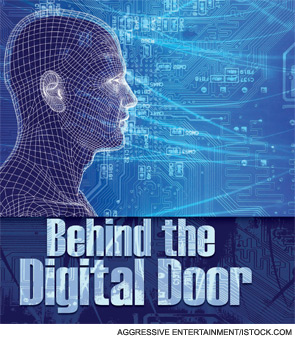
An extensive campaign by the federal government to encourage medical professionals to make their office records electronic has many rheumatologists wondering if now is the time to make significant investments in computer equipment and software.
Providers can apply for federal incentive money beginning this year to buy or upgrade certified electronic health record (EHR) systems meant to replace paper documentation in hospitals and medical offices nationwide. The government hopes digital conversion will encourage efficiency, reduce errors, and ultimately improve the U.S. healthcare system, in part, through computer-assisted analysis of shared data related to medical conditions and diseases.
Medicare offers incentives up to $44,000 in increments from 2011 to 2015 to eligible medical providers who meet certification standards as follows: $18,000 the first year, then $12,000, $8,000, $4,000, and $2,000, for each following year until 2015. Providers have until October 2012 to begin reporting in order to receive the full incentive amount. The payments cannot exceed 75% of the physician’s annual allowed Medicare Part B charges, however.
Altogether, the U.S. government plans to allocate up to $27 billion as part of the federal economic recovery package to encourage digital conversion, including a separate program for Medicaid that offers up to $63,750 in individual payments over a six-year period. Early participants can avoid Medicare-imposed financial penalties for noncompliance that begin in 2015.
Rheumatologists considering the program’s merits say investment in technology isn’t cheap. They therefore want a records system that their staff will use and can integrate with their current practice management software as well as meet mandates for financial incentives. Chief among their concerns are labor-intensive documentation and expenses for training, hardware, software, and services.
To be eligible for the incentives, a provider must register and show “meaningful use” of its EHR system for 90 consecutive days during the first reporting year and the entire calendar year thereafter. The term “meaningful” is key to the program, which federal authorities emphasize rewards the effective use of EHRs, and not just adoption of an electronic system.
To receive the full amount of available incentives, a physician must attest to meaningful use of an EHR system by October 1, 2012—although ACR experts recommend starting the transition to meaningful use much earlier, and doing a “dry run” to make sure that your system works effectively and all reporting requirements are met. The Centers for Medicare and Medicaid Services recommends that eligible providers register for the meaningful use program as soon as possible; registered practices don’t need to begin reporting until they are ready.